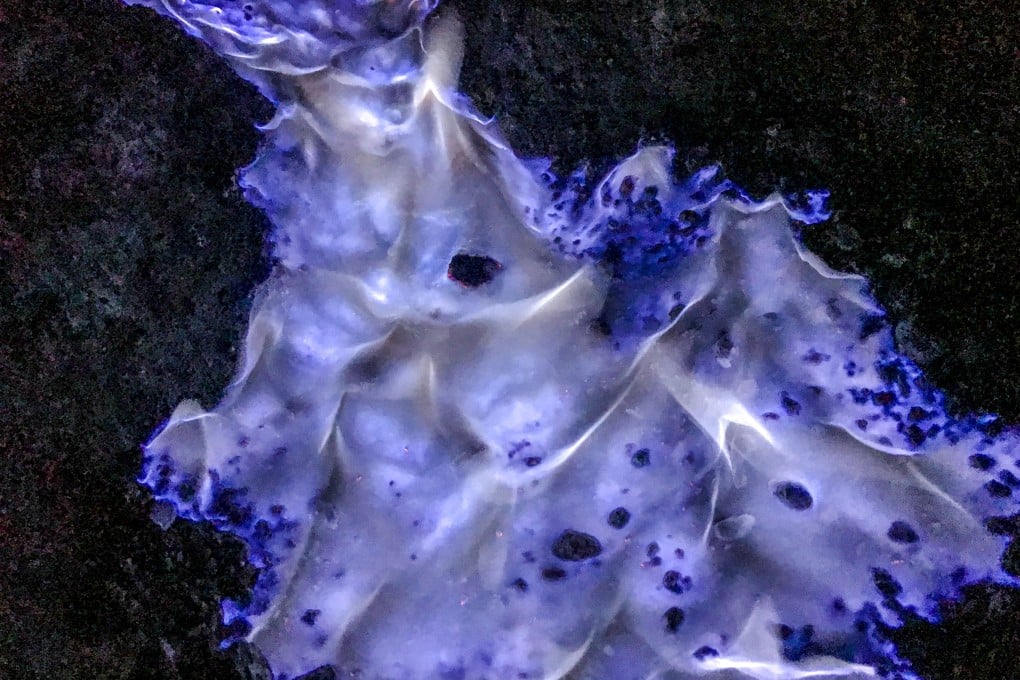Hiking an active Indonesian volcano: how to trek through the blue flames of Kawah Ijen
- One of the largest acidic lakes in the world, Kawah Ijen, in the crater of a volcano where sulphur miners toil, is famous for its natural blue flames
- They occur when escaping sulphur gases come into contact with the oxygen in the atmosphere

Climbing down to Kawah Ijen in the early morning hours is like descending through a time portal. Surrounded by sulphur fumes as blue fire ignites, it’s as though you have stepped back into the Archaean age.
Kawah Ijen is one of the largest highly acidic lakes in the world, located in the Ijen volcano complex, across the strait from Bali in East Java, Indonesia. Situated on the eastern part of the Baluran National Park, its turquoise water adds a splash of colour to the yellow tinted ashen terrain, both results of the high sulphur concentration.
It is most famous for the natural blue flame phenomenon that are only visible at night. The blue flames occur due to the ignition of escaping sulphur gases coming into contact with the oxygen in the atmosphere. They are often shrouded by a veil of smoke and fumes, giving the scene an otherworldly sense.
Before the tourist boom, sulphur mining was the main activity in the volcanic crater. Miners can still be seen in the early morning hours balancing sulphur-laden baskets on their shoulders as they climb out of Kawah Ijen. It is one of the few active sulphur mines left in the world, and the miners, frequently photographed by hikers, have become tourist attractions themselves.
Kawah Ijen sits inside the highest peak in the volcano complex at 2,799 metres (9,183 feet) above sea level. The trail can be split into three stages: the ascent, walking along the crater rim and the descent into the active crater. The most popular time to start the trail is around 1am. To avoid the crowds, going around sunset is also an option, but the sulphur miners make their trips in the early morning to avoid the heat.